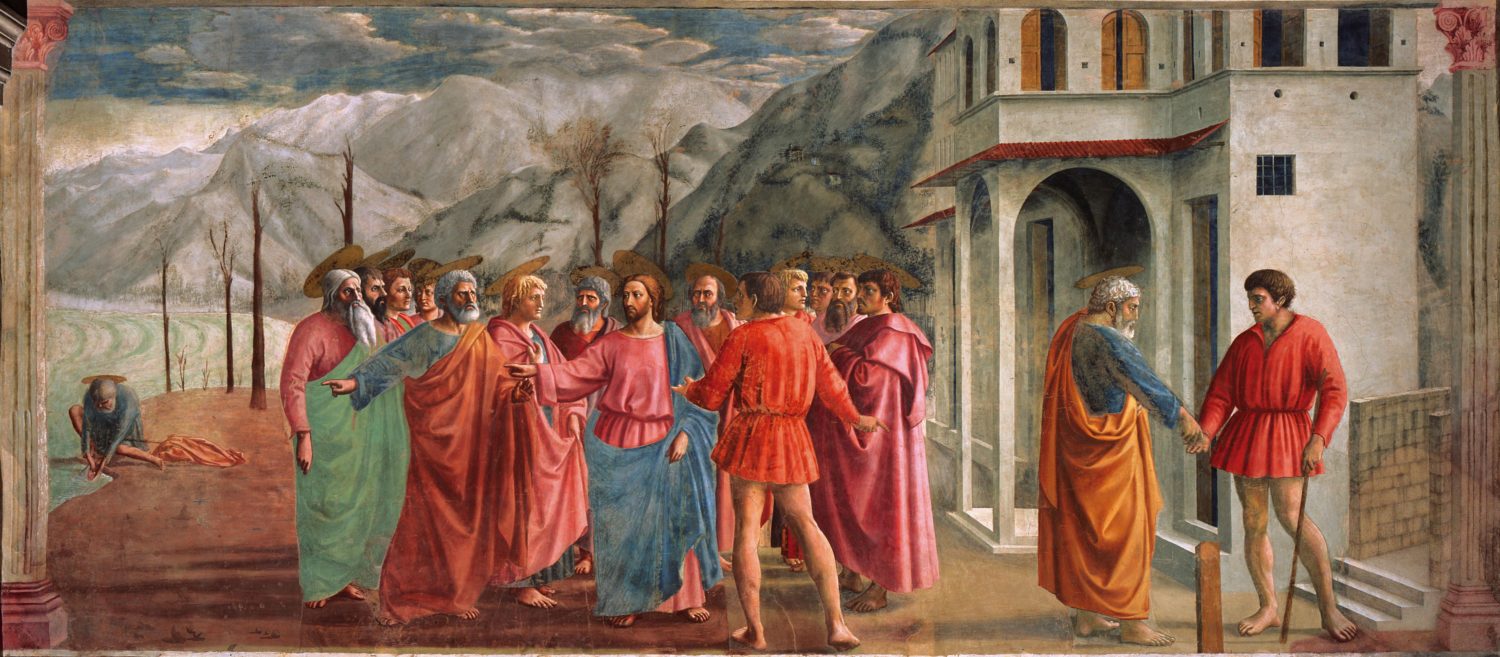
Painted in 1878, oil on canvas, measuring 63cm X 79cm.
This painting portrays Haussmann’s reconstruction of Paris as it is actually happening, additionally it is one of Manet’s paintings that come close in both style and technique to those of his Impressionist friends.
The view is from Manet’s studio but with no balcony or window framing the picture, so the perspective is from mid air, the view is looking down, filling the frame with Paris and relegating the sky to a small distant rectangle.
In the foreground a group of workers are building the road and displaying the motion of their work in typical Impressionist style. To the left is a hoarding, behind which is a large red advert. On the right a waiting hackney cab signals a gentleman on an assignation, behind which workers are busy with a removals van. All these elements epitomising Haussmann’s modern Paris.
The depiction of men working was uncommon in Impressionism, they preferred to depict leisure. However Manet would be familiar with Caillebotte’s Floor Scraper paintings of 1875/6 which must have been an influence. Both artists showing men bent over in toil with both themed on the Haussmannisation of Paris.
The street, the pavements and the buildings create a strong linear perspective, reinforced by the colour perspective of a bluey grey background. Both of which are Renaissance techniques. Together they create a volume which Manet fills with images of everyday street life in modern Paris.
The Impressionists believed that even the darkest shadows contained colour. In this picture Monet eschews his normal fondness for black with a far lighter palette, as if he had mixed white in with every other paint. The warm, strong mid afternoon light comes from the left and brightly illuminates the picture, with no harsh shadows and with a profusion of bright colours. The couple in front of the hoarding on the left and the canyon formed by the far end of the street are surprisingly light and with colour. Brush strokes are big and bold, in the Impressionist style. The overall effect of this is close to that created by Berthe Morisot.
Manet admired and emulated Velásquez and Hals, yet in this picture he has gone far “looser” than they ever did, creating the “unfinished” look for which Impressionism was criticised, He seems to have been seeking the spontaneity of Monet, who he had painted beside at Argenteuil in 1872, to the extent that the paint doesn’t even cover the light grey ground at the bottom of the picture. But we know that this effect was contrived, several preparatory drawings and oil sketches survive showing Manet’s meticulous preparation.
